Spring has sprung, although it doesn’t really feel like it here when the forecast is calling for more nighttime freezes this week.
But, there’s something about the official start of spring that makes me want to throw open the doors and windows and freshen up the whole house.
Part of my spring cleaning ritual (that I actually do once every few months, but especially at the end of a long, dry winter) is to give all my houseplants a cool, cleansing shower.
I put several plants—even my indoor banana plant—under the shower for a few minutes, rinsing the tops and undersides of the leaves and drenching the soil until water flows freely out the bottom of the pots.
This thorough washing not only nourishes and hydrates your plants more than their usual drink, but has other benefits too. Keep reading to find out why your houseplants could use a good shower!
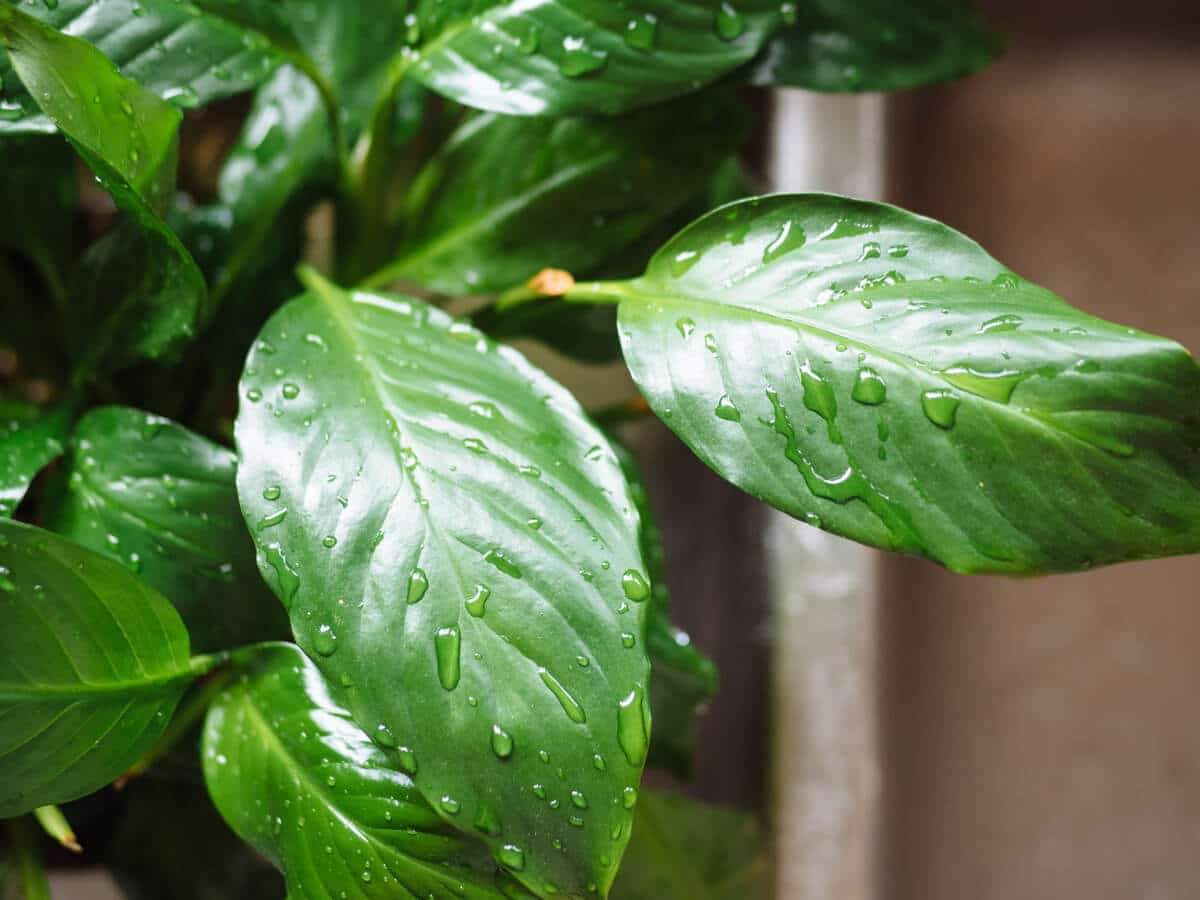
Putting your plants in the shower helps remove dust and pests
The occasional shower helps counteract the low humidity and indoor heating that’s prevalent in winter, removes dust and dirt that may have accumulated on the leaves, and allows the plant to “breathe” and photosynthesize more efficiently.
It also rinses away any pests and their eggs. (Spider mites, in particular, love to hang out on dusty leaves.)
Related: DIY Insecticidal Soap for Natural Pest Control
Think of it as a deep cleaning for your houseplants, since hand dusting only removes surface dust (and sometimes, merely smears it around).
Tropical plants love the extra moisture
If you have tropical houseplants like Monsteras, Rhaphidophoras, Philodendrons, and Alocasias that thrive in humid environments, they love a good shower since it increases the humidity levels around them.
If you don’t mist these types of plants regularly, they’ll be happier if you leave them under a shower a few times a year to simulate a warm, refreshing rain, just like the ones they’d get in their native habitats.
Showering your houseplants helps reduce excess salt buildup
Container plants don’t have the benefit of being surrounded by large amounts of soil to help distribute minerals in their environment, so excess salts (usually fertilizer residue) can build up over time.
They’re usually seen as a ring of white, crusty salt deposits around the pot at the soil line and around the drainage hole, and sometimes appear on the exterior of clay pots.
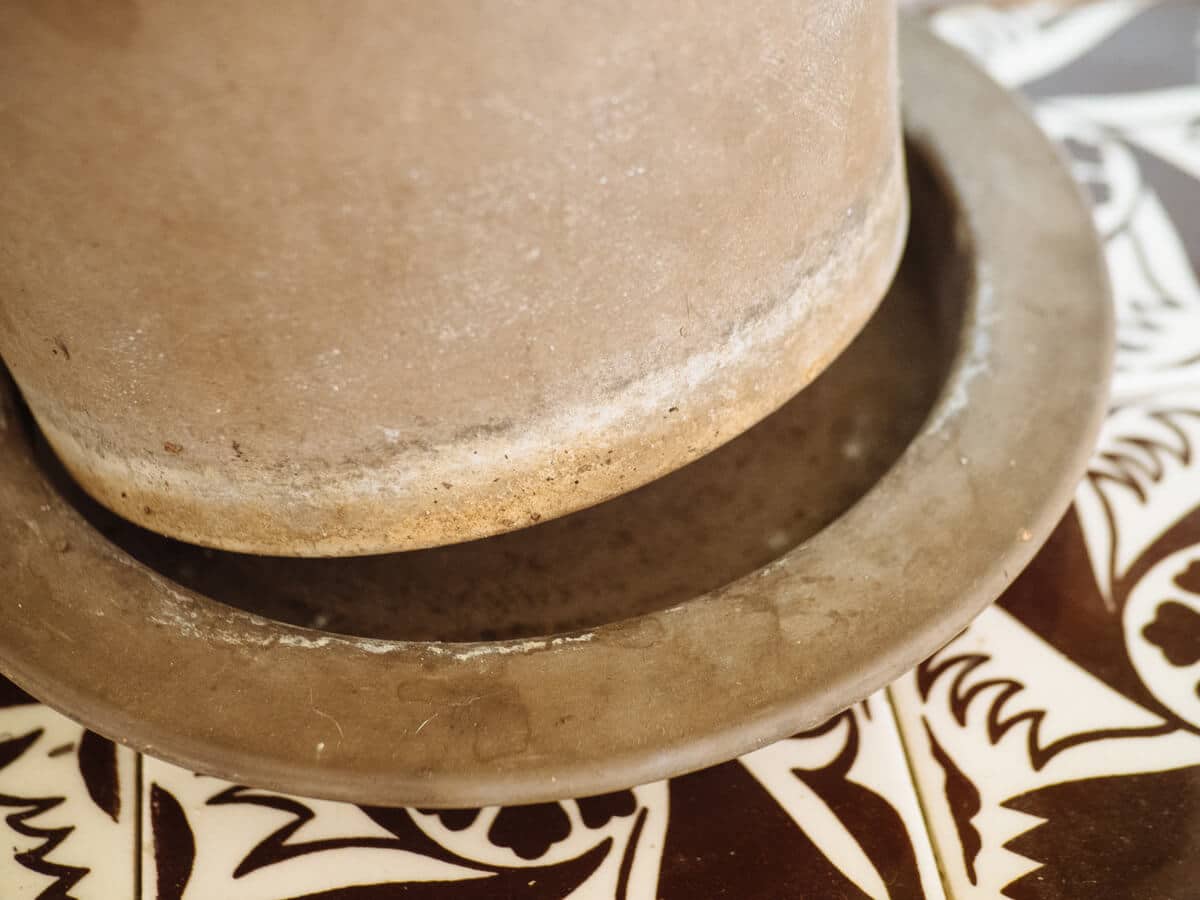
A heavy buildup can eventually lead to wilting, dropping of the lower leaves, brown leaf tips, and reduced growth, as the salts inhibit the plant from taking up water.
It seems kind of contradictory—that fertilizer, which is used to promote growth, can actually hinder or harm it—so washing your plants in the shower should be a chore done once every season, not just in spring.
How to wash your plants quickly and easily
If you’re only showering one or two houseplants, or multiple smaller plants like succulents, you can wash them under a sink faucet with a spray head.
Otherwise, sticking all of your plants in the shower or bathtub is the easiest and most effective way to give them a good rinse.
You’re not just giving your plants a deep soak or a bath in there. You need to spray the tops and undersides of their leaves thoroughly, then let the pots drain fully.
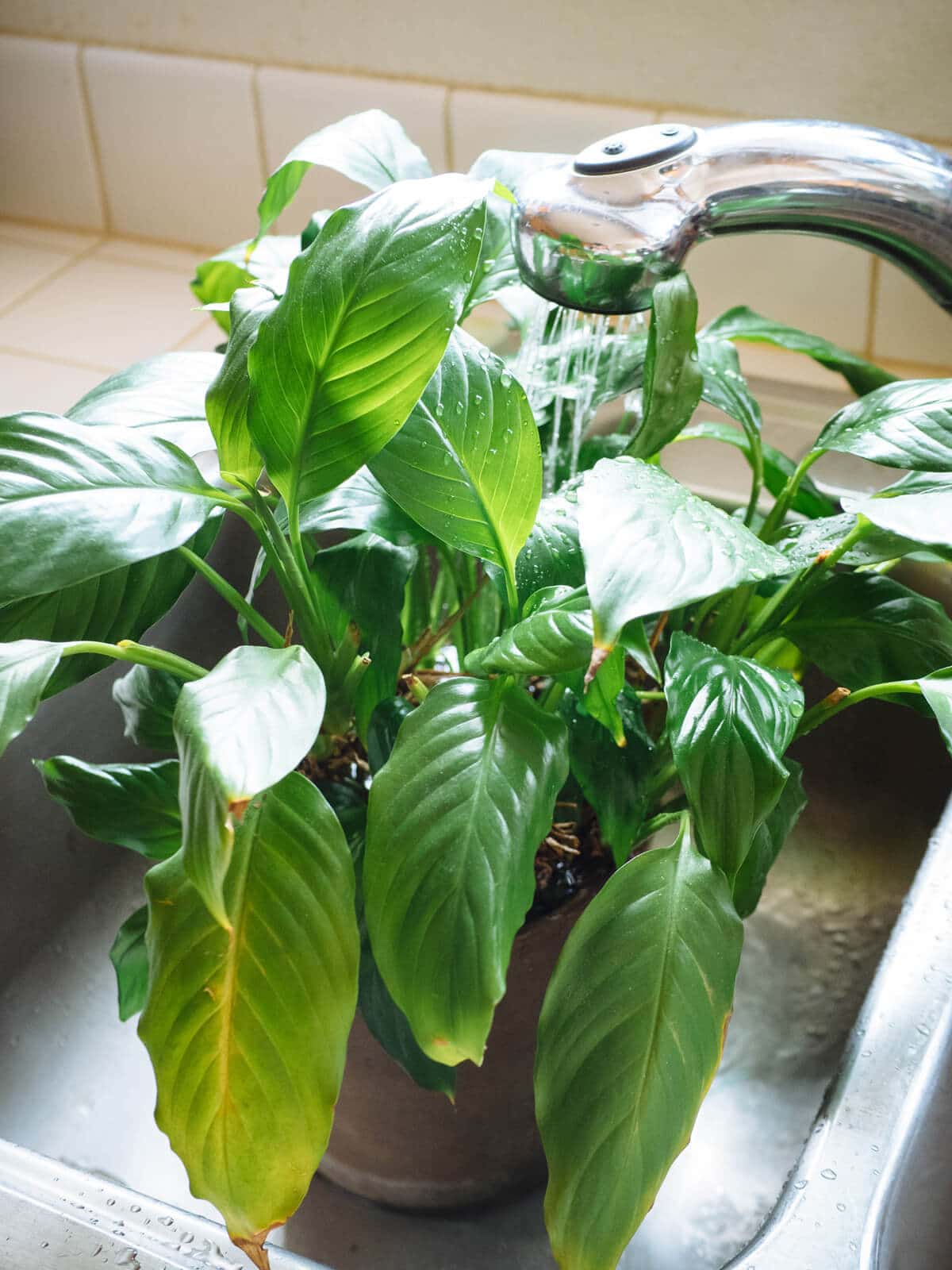
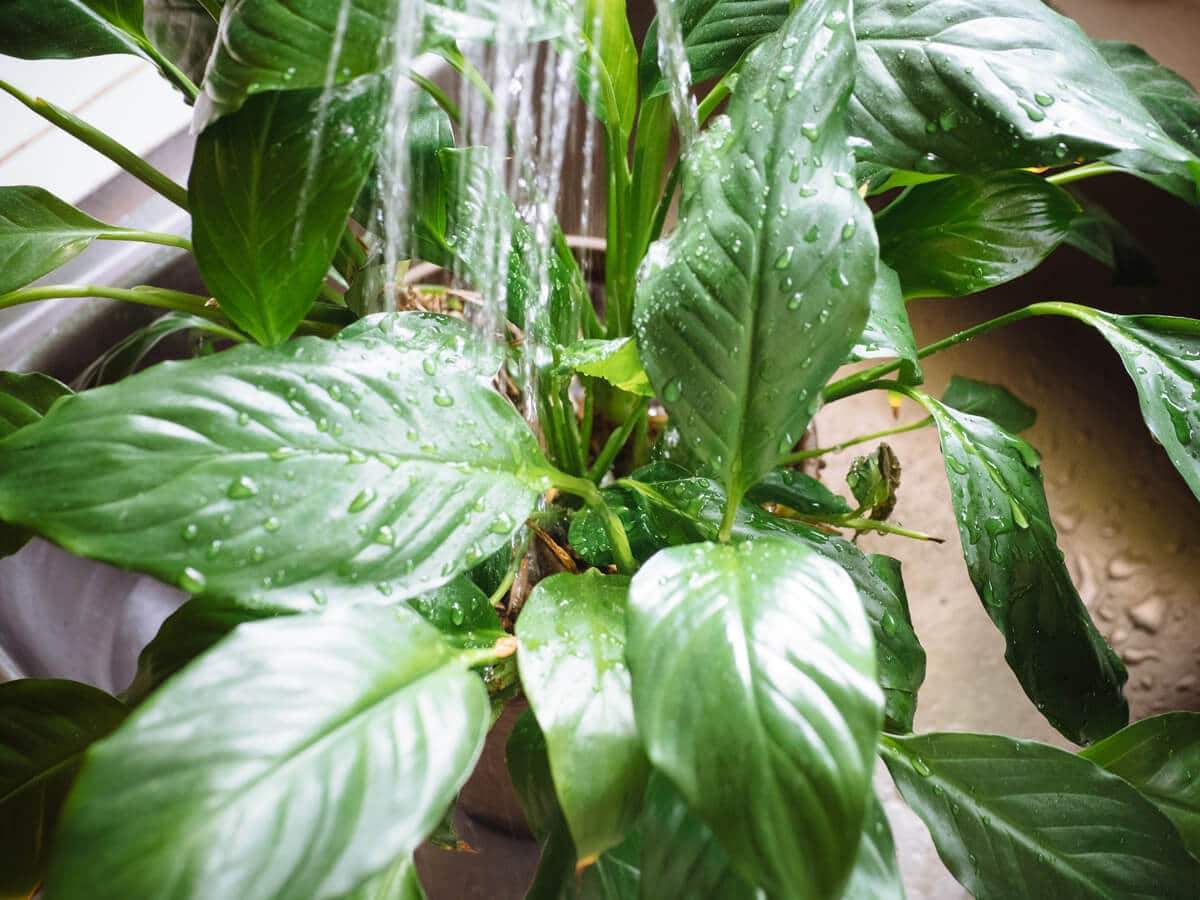
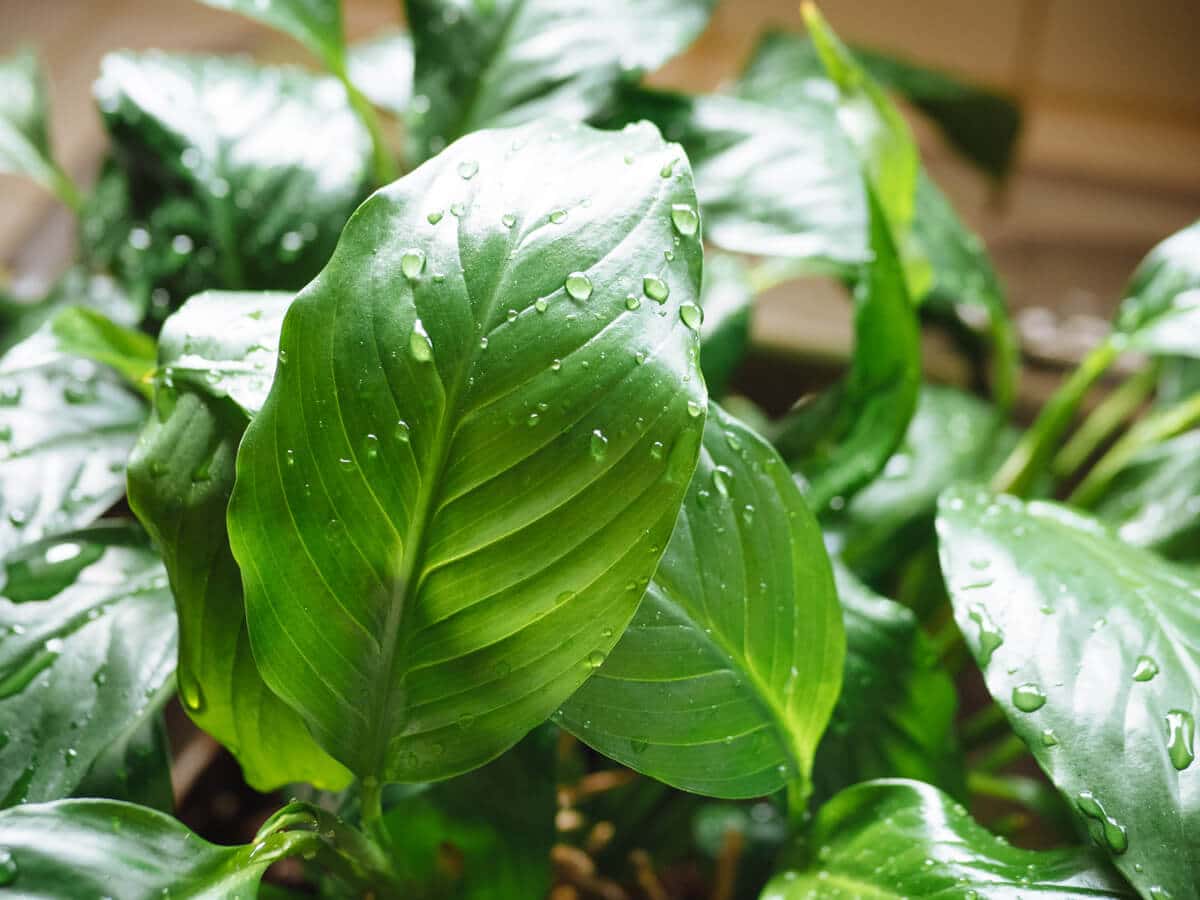
Large groups of potted plants can be brought outdoors and showered with a garden hose fitted with a gentle spray nozzle, or a rose-head watering can.
If you see rain in the forecast, you can just leave your plants outside—that’s free water right there! And it’s as pure as you can get, since rainwater has no additives.
Speaking of additives, if your salt accumulation is mainly due to softened water, you can still shower your plants by collecting the water in a bucket and letting it sit overnight. This allows most of the minerals to settle at the bottom of the bucket.
The next day, move your plants to the bathtub, then slowly pour the bucket water over them—remembering to rinse the undersides of the leaves as well—and discard the last 1 to 2 inches of water in the bucket.
Post-shower, you can give your houseplants a quick “haircut” by trimming brown leaf tips or dead stems, or refresh their potting soil if it’s been a few years.
6 tips for showering your plants
- Make sure your potted plant has proper drainage.
- Trim any dead, diseased, or discolored leaves, and remove all debris from the soil surface before showering.
- Use plenty of water (at least twice the volume of the pot) to ensure you’re dissolving and flushing all the excess salts from the soil.
- Allow the plants to fully drain before returning them to their saucers or drip trays. Never let them sit in the drained water, as the water can be reabsorbed by the soil and any salts that were washed away will simply go back in the soil.
- Avoid showering plants that don’t like to get their leaves wet (such as African violets, Cyclamen, and Begonias).
- Did you fill your plant container with anything besides potting mix or potting soil? There’s a popular misconception that pebbles, marbles, or granite need to be added to the bottom of a pot for drainage, but all that does is create an artificial water table and inhibit drainage. Now is a good time to remove those pebbles and repot your plant so it can drain properly.
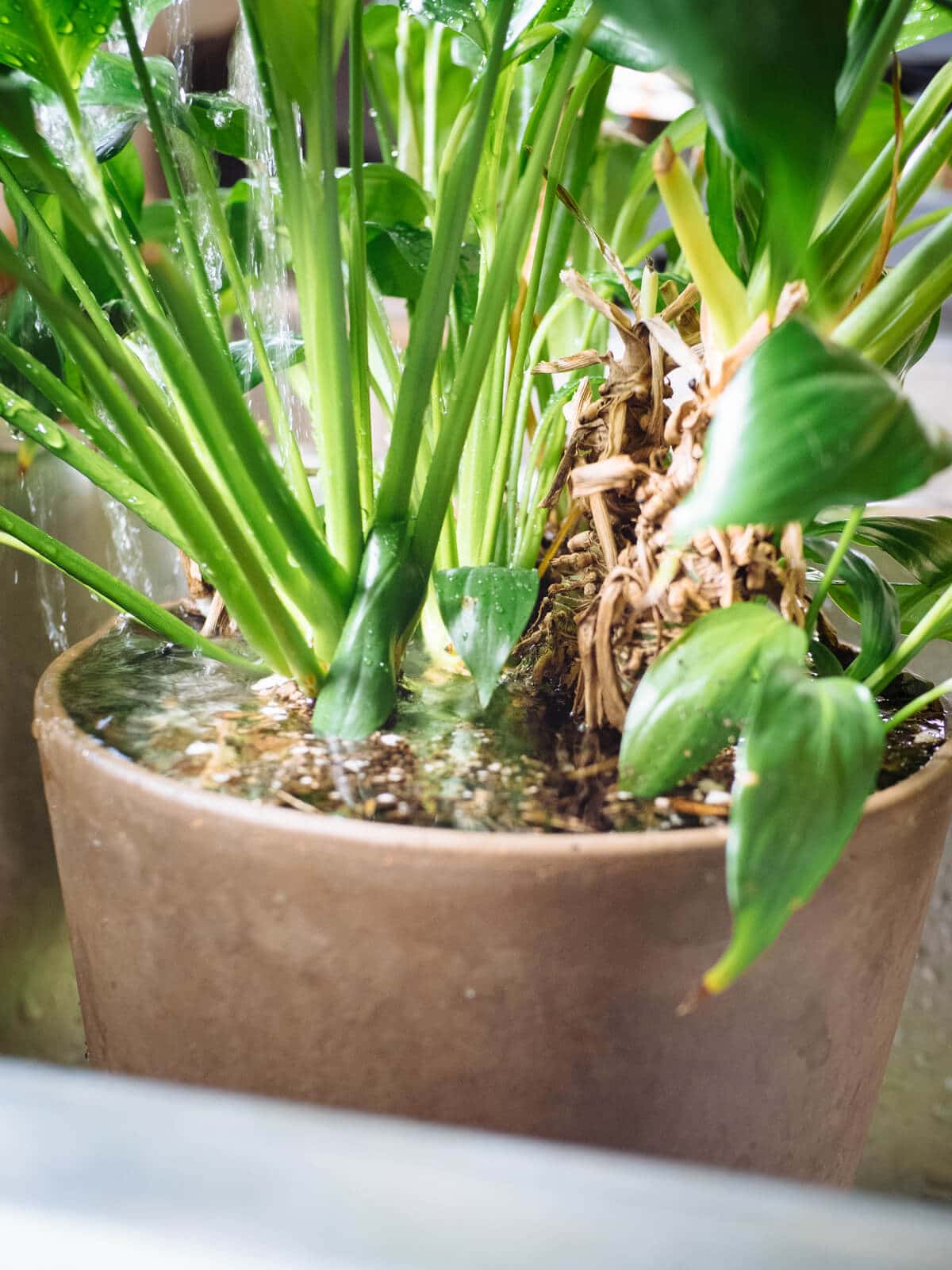
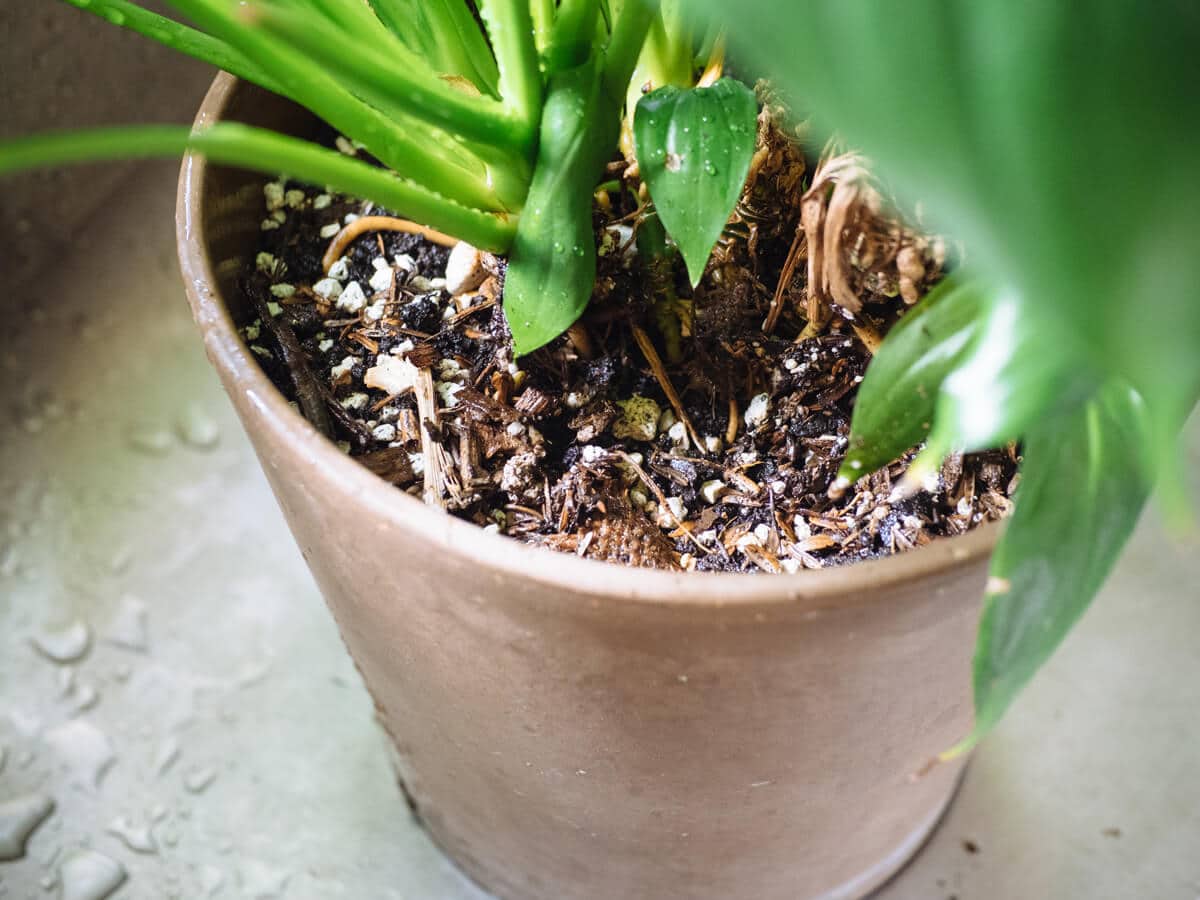
Going on vacation? Here’s an easy way to water your plants for weeks on autopilot
If you can’t find a housesitter to come over and water your houseplants, here’s a neat little trick to keep in mind.
Gather all of your plants in the bathtub and drench them with a shower from above. Then, fill the tub with 3 to 6 inches of water (depending on the size of your pots) and cover everything with clear plastic (even a clear plastic shower liner works in a pinch).
This simple setup helps keep up humidity levels and lets the plants wick up water from below, buying you about two weeks of vacation time without worrying about your plants drying out in your absence.
Related: Top Tips for Taking Care of a Garden While Traveling
Common questions about showering plants
How often should you shower your houseplants?
Ideally, you should shower your houseplants twice a year in spring and fall (after the harsh environments that a dry winter and hot summer can create for indoor plants). If you have the time and inclination, putting your plants in the shower every season is even better.
Gently run the water over your plants for at least 3 to 5 minutes, making sure to rinse the tops and undersides of the leaves and saturate the soil until water drains freely out the bottom of the pot.
What temperature should the water be when you shower your houseplants?
Use tepid water from the showerhead for your houseplants. It’s actually better to water your plants with warm water than very cold water, since certain plants (such as African violets) are sensitive to cold water.
In the case of African violets, cold water can damage the roots as well as the foliage, causing white rings (ring spot) to form on the leaves.
The post updated from an article that originally appeared on March 23, 2018.
View the Web Story on why you should shower your houseplants.


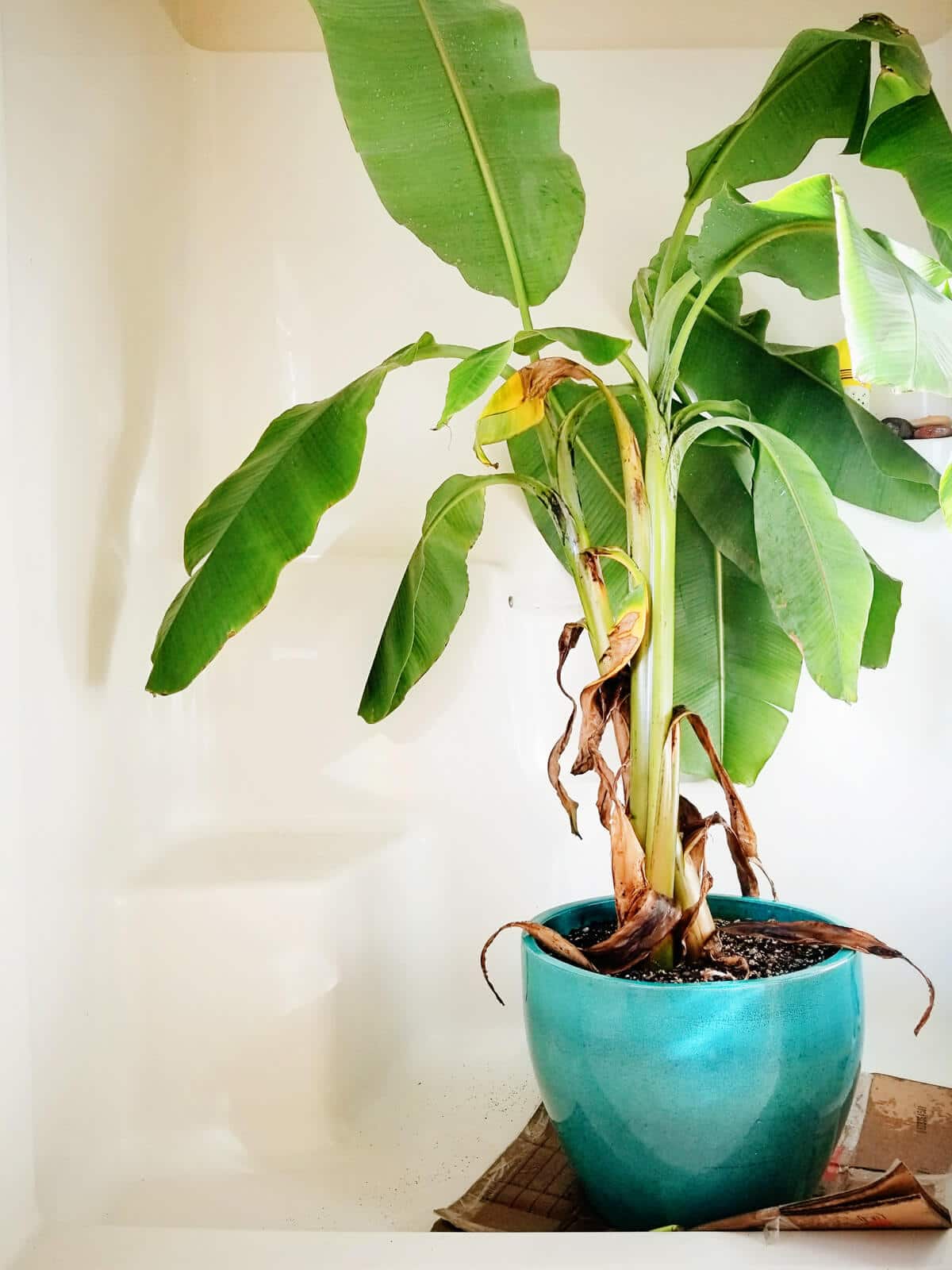
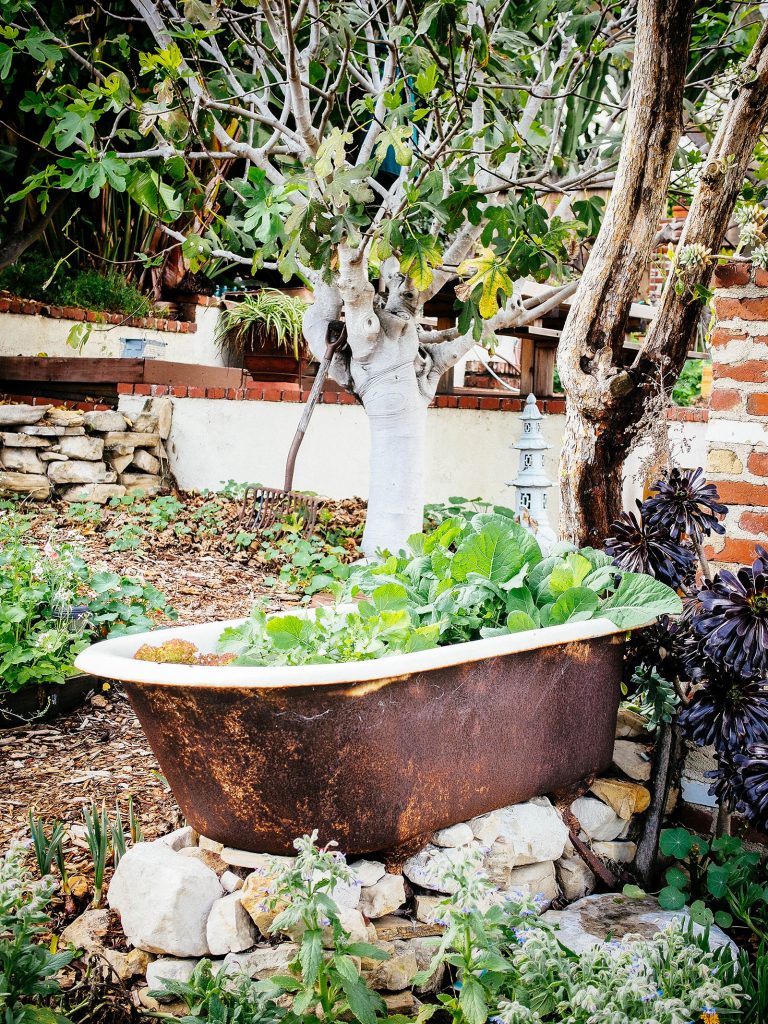
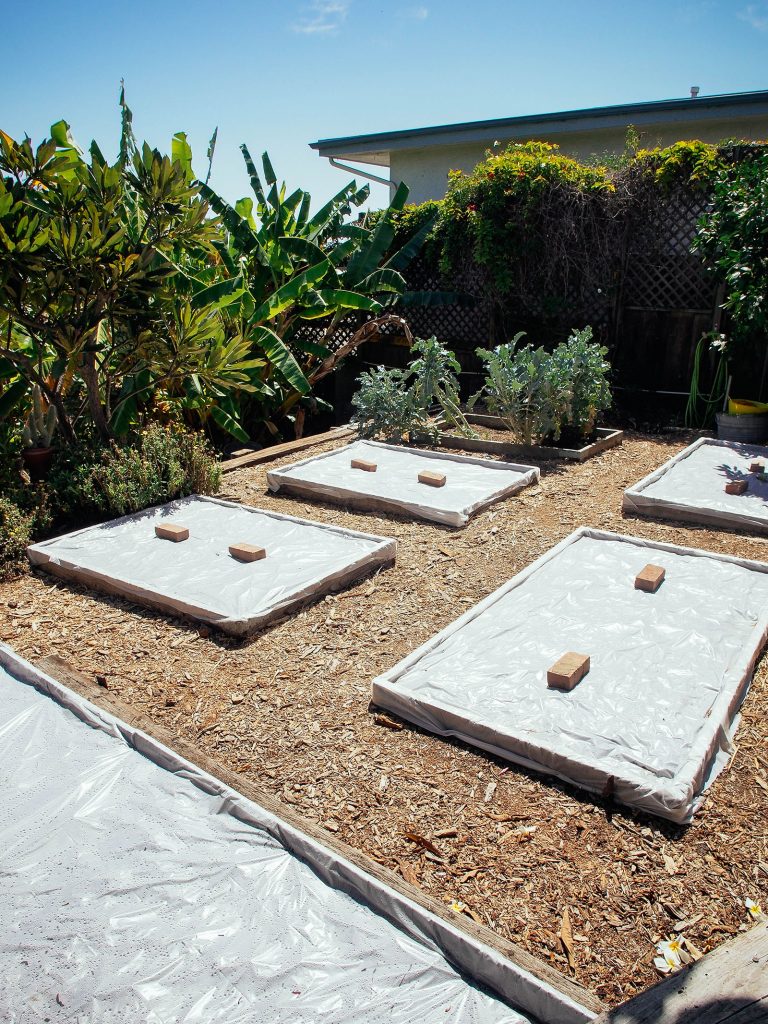
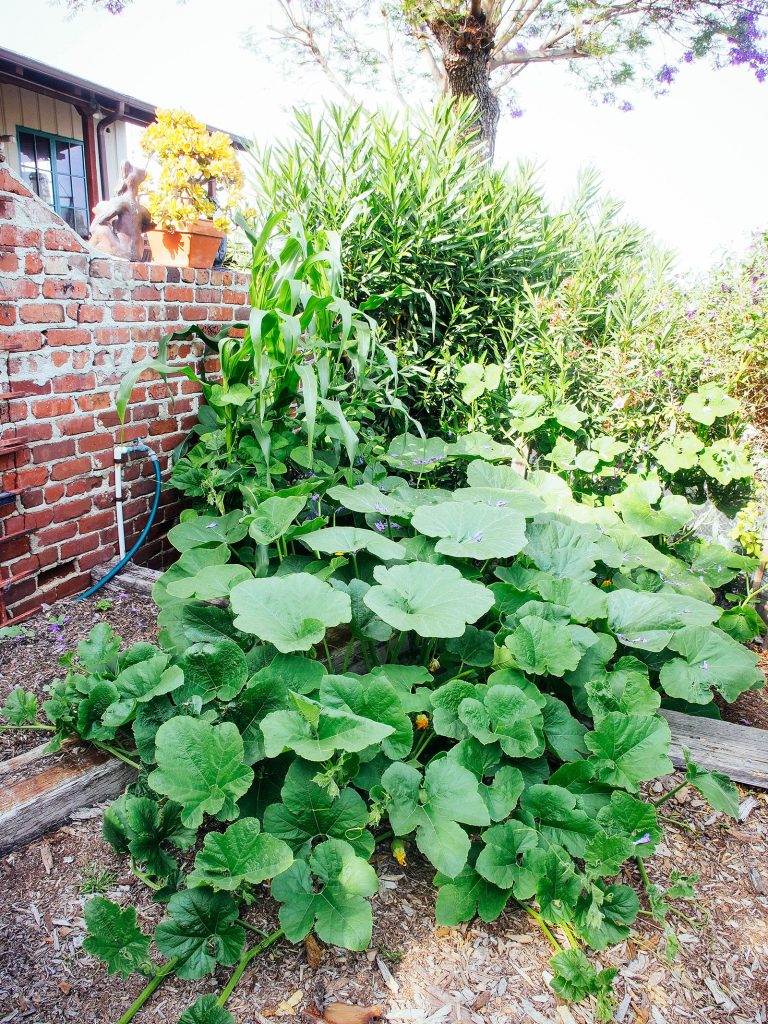
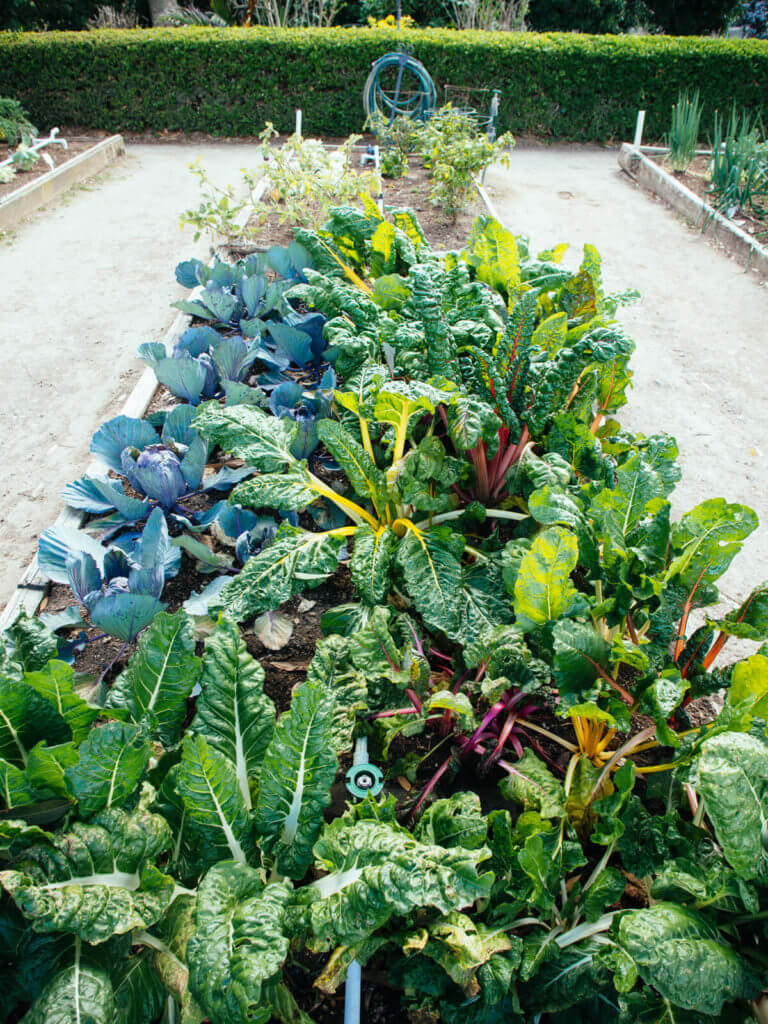


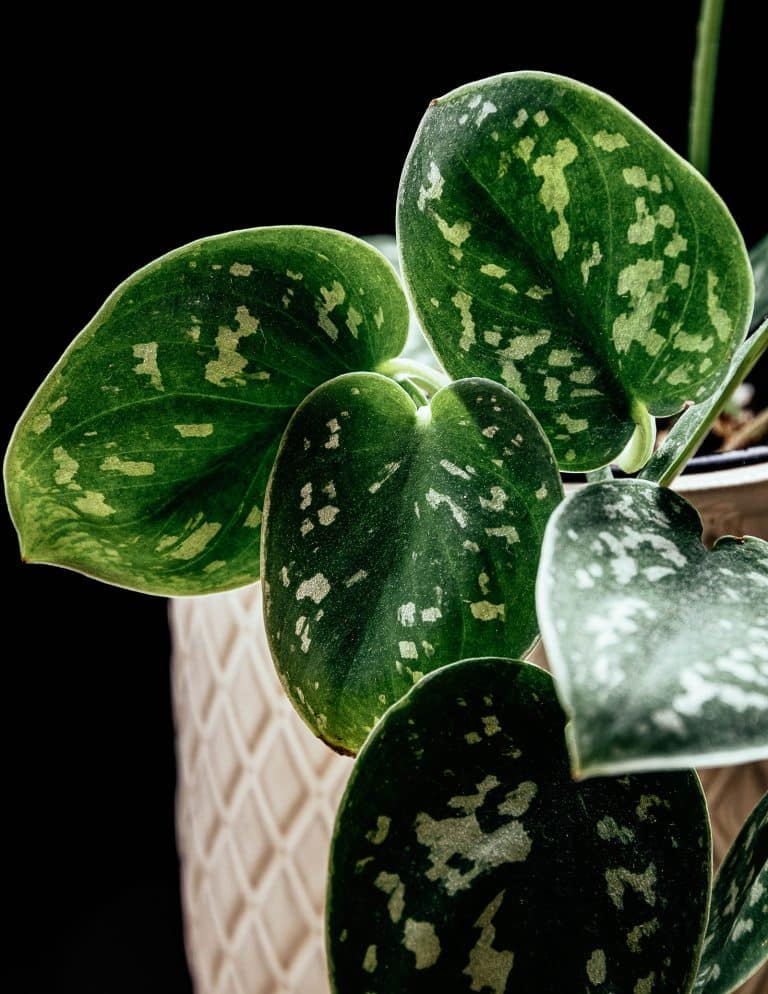
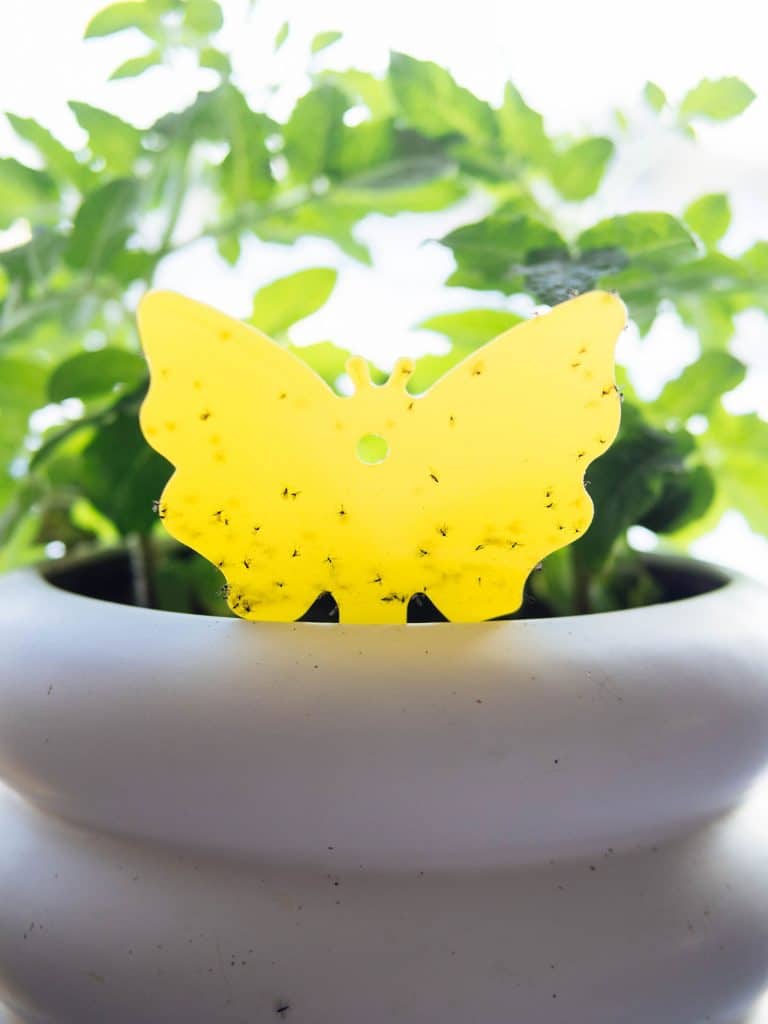
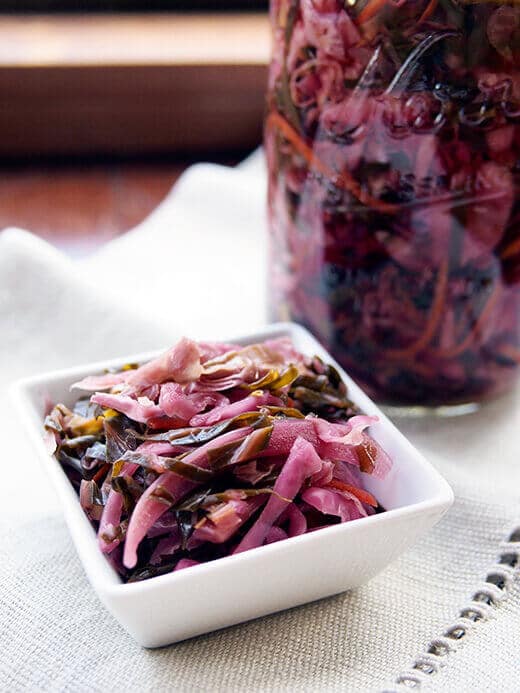
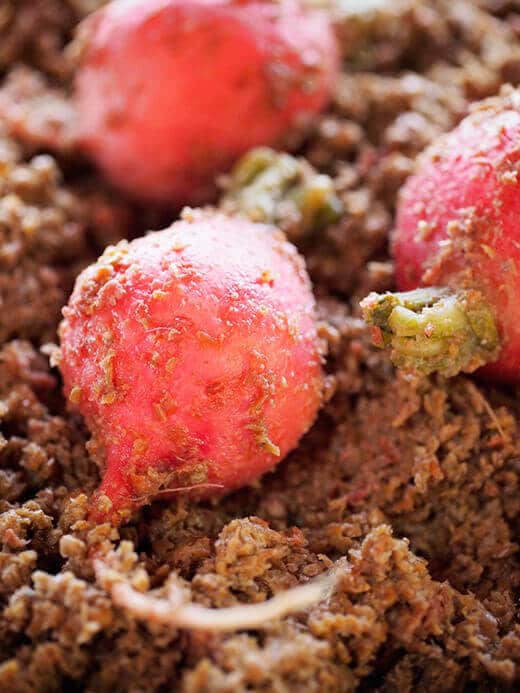
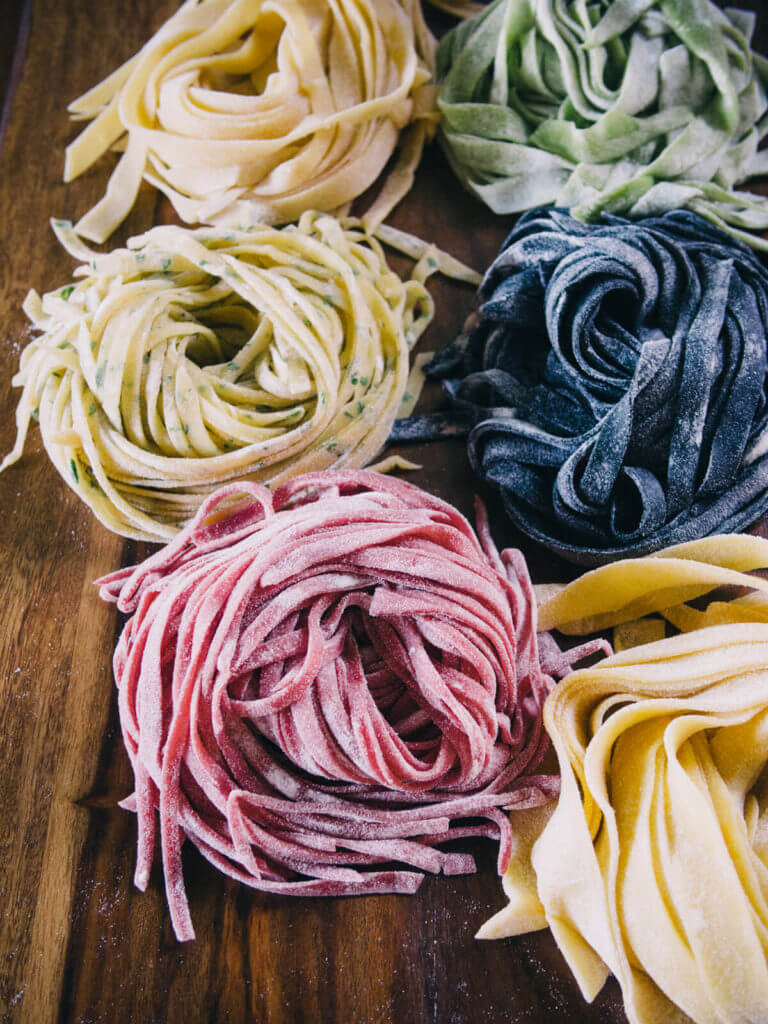
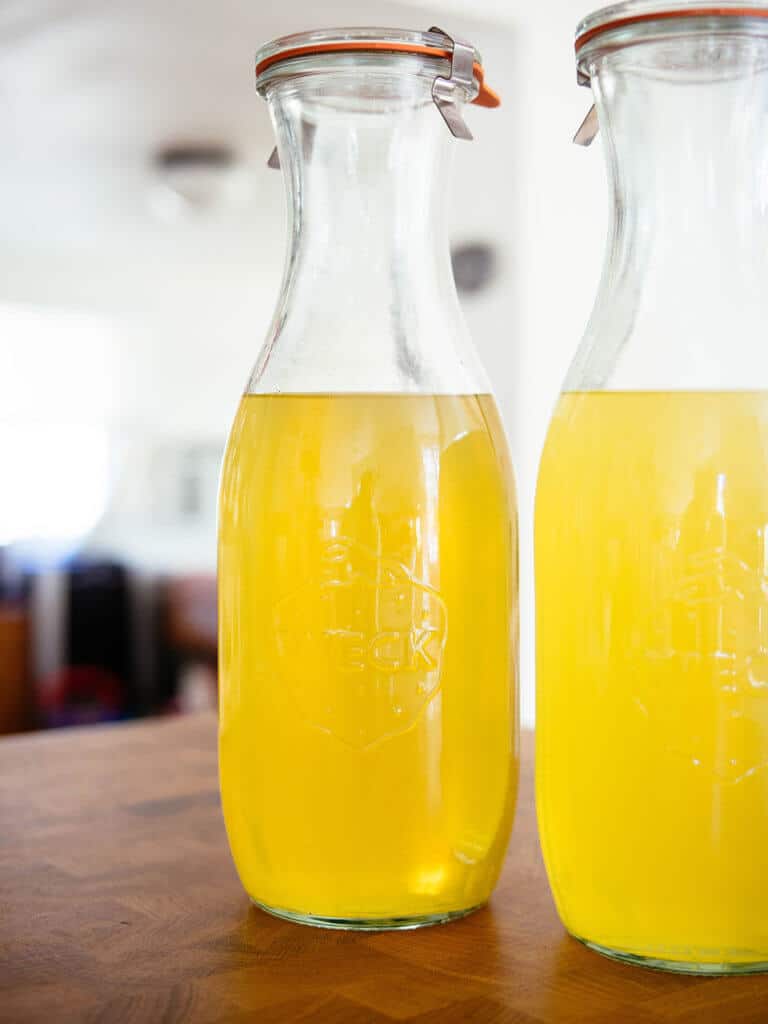

Is it okay to shower plants that typically prefer distilled/rainwater over tap water though, such as prayer-plants and other tropical plants? I’m afraid to try this method in case the shower water will end up being bad for my plant. The same with the sink method. Does the water you’re using for the shower need to be filtered or is it okay for them to be showered once in a while with tap water?
So, shower or don’t shower African violets? I think I’m reading both in the same post!
Can you clarify?
I do shower some of my plants. They take a few days to drain, dry, and be ready to move back where they belong. Luckily, we have two bathrooms!
We have a restored 1965 Airstream! A real home away from home, although I grew up camping in a musty canvas tent in sleeping bags on the ground, and that was pretty great, too!
Dissolved minerals don’t settle out at the bottom of a bucket. The only mineral this might apply to is calcium hardness in cold water that is allowed to warm up. That is because calcium carbonate is more soluble at lower temperatures. Other minerals would stay in solution.
Good one. Your house plants veggies and others will die if you leave them sitting in 6 inches of water for 2 weeks. Many plants do not tolerate wet feet 24/7. This is a very dumb idea. paz
It sounds like a great time to shower houseplants! And how fantastic you have a banana tree! Awesome!!! ~Laura
We dug up a banana pup from our old garden in California and brought it with us to Oregon. 🙂 It was a monster to haul up here, but we’re so glad we did!